Polestar: The Future Of Electric Motoring?

Mention the buzzword ‘future of motoring’ and one of the top answers given will be Tesla. The American EV upstart has no doubt been a game changer for the auto industry, converting many to the new future way of life that is electric. However, while devout followers of Tesla and its patron saint Elon might have you believe that there is only one successful EV car firm. There is actually another EV upstart that may have slipped under the radar for the casual observer — Polestar.
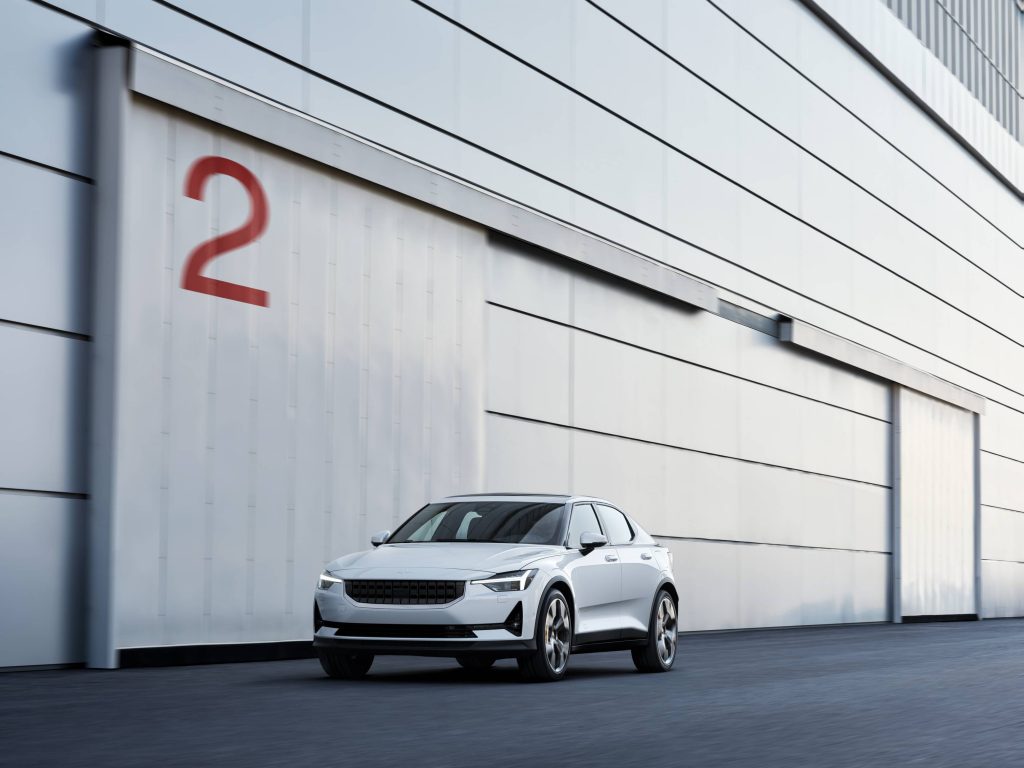
And unlike other vapourware firms like Faraday Future and Byton who have yet to launch any production cars, Polestar has actually launched two models already.
So to those not paying close attention to the happenings of the EV world, what is Polestar?
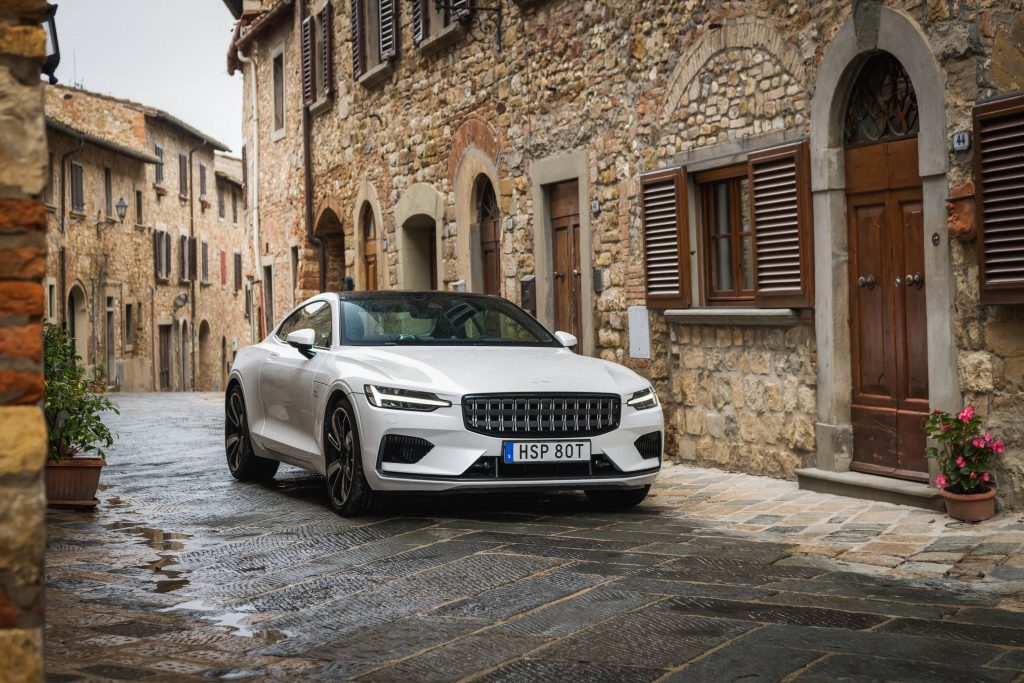
One look at the picture above, most likely your mind will say Volvo, and you’re not wrong. Polestar used to be the performance arm of Volvo, like what AMG is to Mercedes. But in the age where every auto maker has a sub-brand, Polestar has split from its parent company to be its own standalone brand.
But unlike what Seat did with its Cupra performance arm that continued to make tarted up versions of regular Seats. Polestar, flush with cash from Geely, went in a totally radical direction and become what can only be described as Tesla’s Swedish rival.
A rival, incidentally that makes stonkingly good cars.
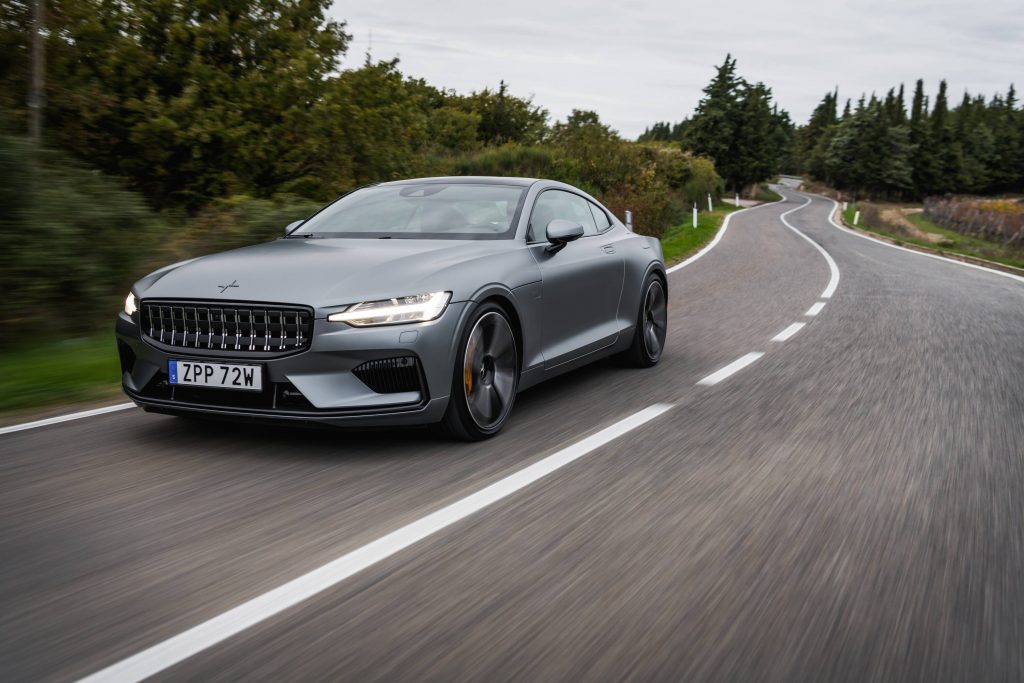
The two models in Polestar’s current lineup are interesting to say the least. First up is the Polestar 1, a limited run 2 door PHEV grand touring coupe that costs as much as an Aston Martin DB11.
Built as the halo car for the fledgling brand, the Polestar 1 on the face of it, might not justify its £140,000 (RM 754,000) price tag. Seeing that it is actually a Volvo S90 sedan underneath. S90 owners can now also claim that they have the nearly the same interior as this ludicrously expensive GT car.
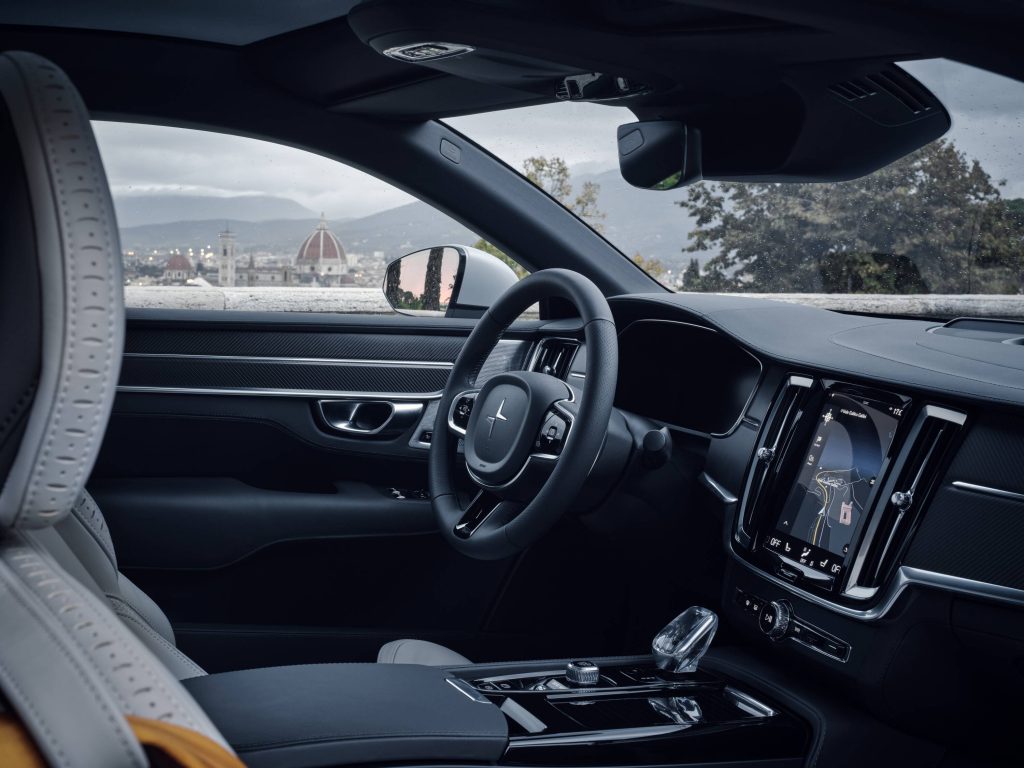
But while the interior may look like a humble Volvo sedan, the exterior is nothing of the sort. What you lose in practicality, you gain in this drop-dead gorgeous design plucked directly from the Volvo concept coupe shown in the 2013 Frankfurt Motor Show. Money has also been spent on technology.
This limited edition 2 door GT plug in hybrid has a Volvo T8 turbo and supercharged four cylinder mated to twin rear electric motors powered by a 34 kWh battery pack. The result is a combined 609 hp and 1000 Nm of torque, and even more impressively 150 km range electricity alone.
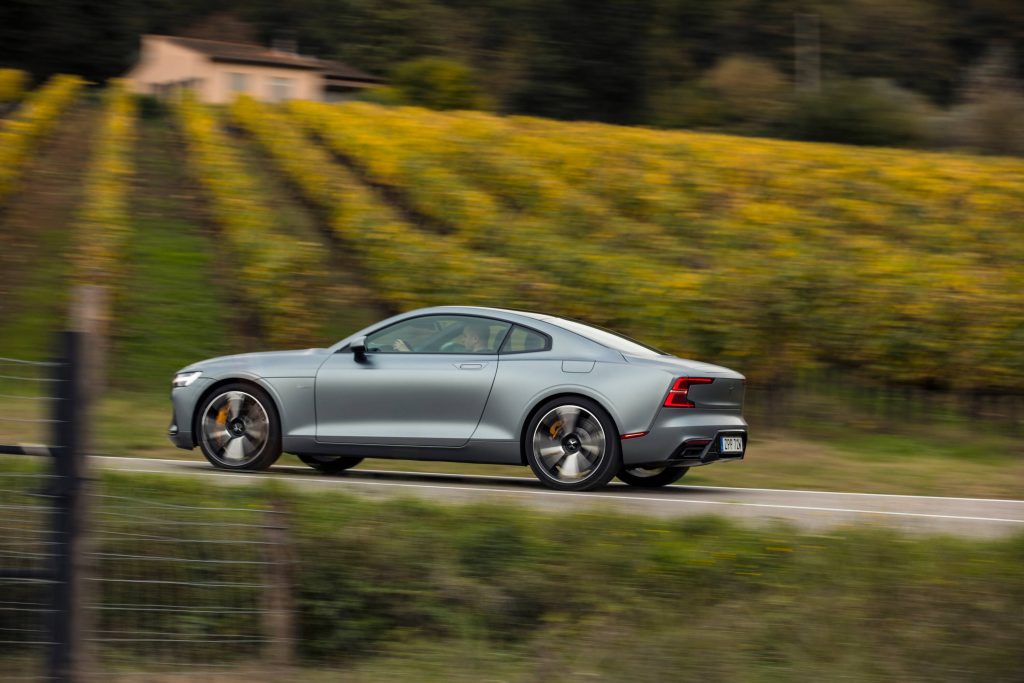
The Polestar 1 also features innovative Carbon Fibre Reinforced Plastic panels, which help curb the weight of this PHEV somewhat. However, it is the standard Ohlin dampers that help disguise the more than 2 tonne kerb weight more effectively when on the road.
Reviews of the the sole PHEV 2 door GT on the market has been generally positive. While some are perplexed by the price, the consensus of all reviews about the Polestar 1 leads to the conclusion that the Polestar 1 is just cool.
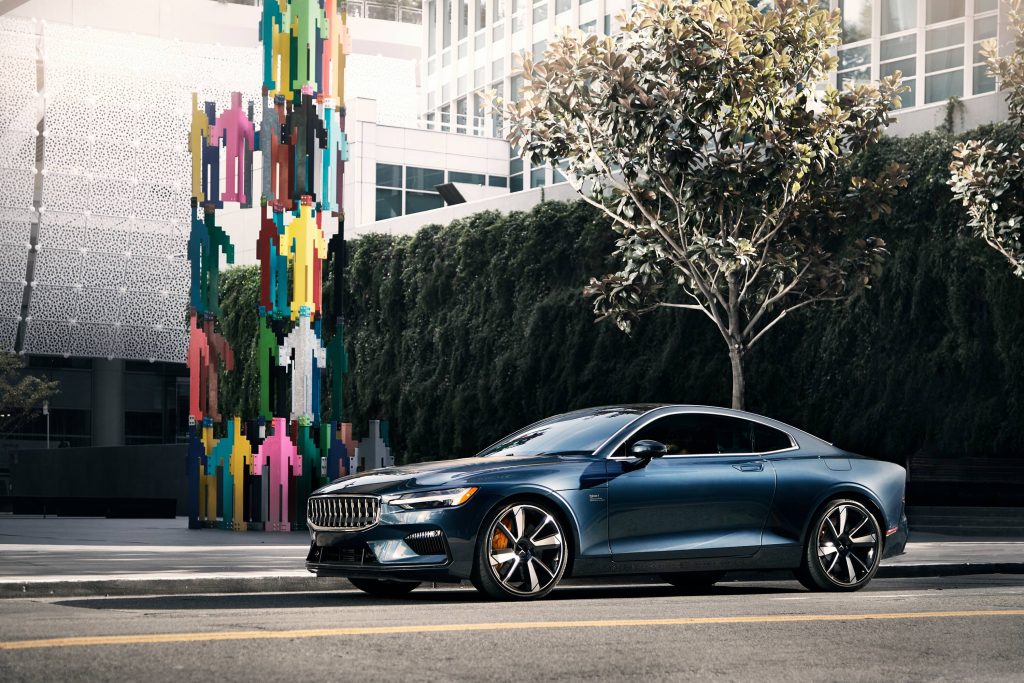
The more interesting Polestar to the common man though is probably the Polestar 2, Polestar’s mass market EV and a true Tesla Model 3 competitor.

A 5 door fastback similar to the Tesla Model Y, the Polestar 2 is the automaker’s first full EV. Utilising a 78kWh battery pack that drives both front and rear electric motors, it is capable of 470 km on a full charge. And if you could spare the range, the Polestar 2 can deploy its 402 hp and 660 Nm of torque to all four wheels, pushing this 2123 kg car to 100 kmh from a standstill in only 4.7 seconds.
Based on the underpinnings of the Volvo XC40, there are still recognisable bits of Volvo in the Polestar 2. The most obvious being the Volvo steering wheel and stalks. There is however more departure from Volvo in this mass-market Polestar, with an all-new Polestar specific Android developed 11 inch touch screen that unsurprisingly comes with Android Auto as standard. The Polestar 2 also comes as standard with a digital driver’s display, unlike the Model 3’s single large television screen.
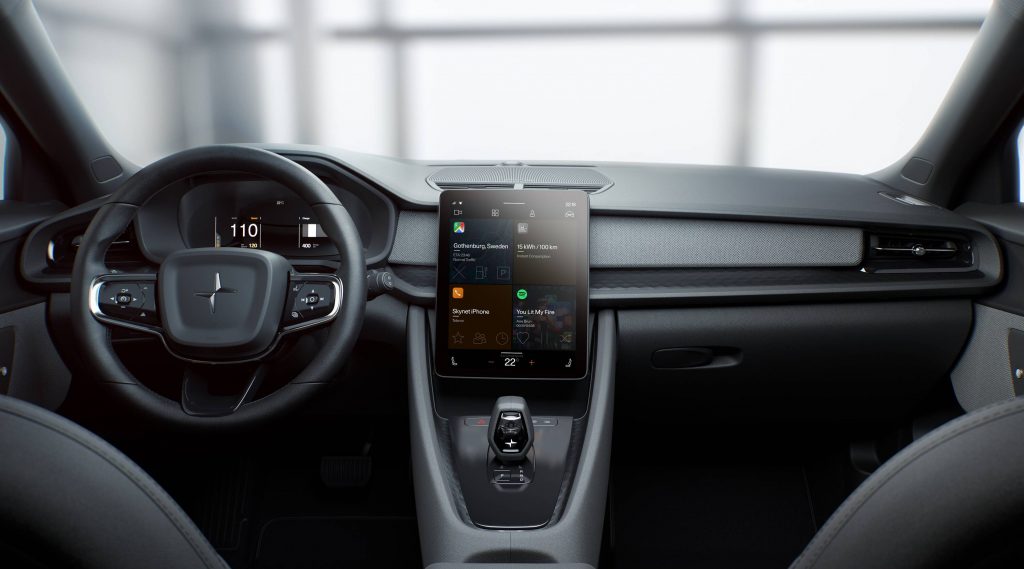
On paper, the Polestar 2 loses to its Tesla rival in nearly every conceivable area. It is slower, heavier and slightly more expensive than the equivalent Model 3. This £50,000 (RM270,000) sedan also lacks Tesla’s Autopilot not-fully-self-driving feature, and having no access to Tesla’s wide-ranging Supercharger network is a black mark against the Polestar in more developed EV countries.
That being said, the new Polestar 2 does have some good bits too. Beauty may be in the eye of the beholder, but most think that this jacked-up fastback is a handsome machine. And although sitting higher than most rivals, it is also reputably a decent car to drive. Incidentally, Polestar also offers a performance pack with uprated Brembo brakes and Ohlin dampers to fulfil the desires of the sporty EV driver.
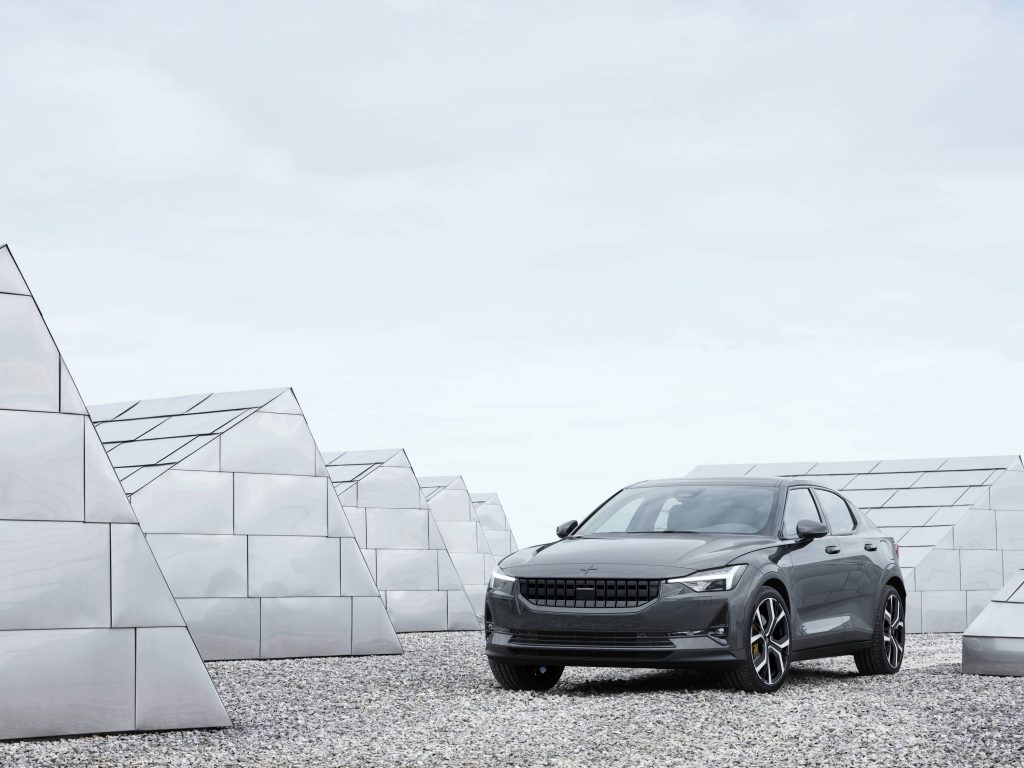
The biggest kicker to Tesla though might be that the Polestar, being part-Volvo, is a well screwed together automobile. Although built in the new factory in Chengdu, China, early Polestar 2 reviews commend its Audi-like build quality. A far cry from Teslas today that still suffer from quality control issues with ill-fitting panels and poor paint finish.
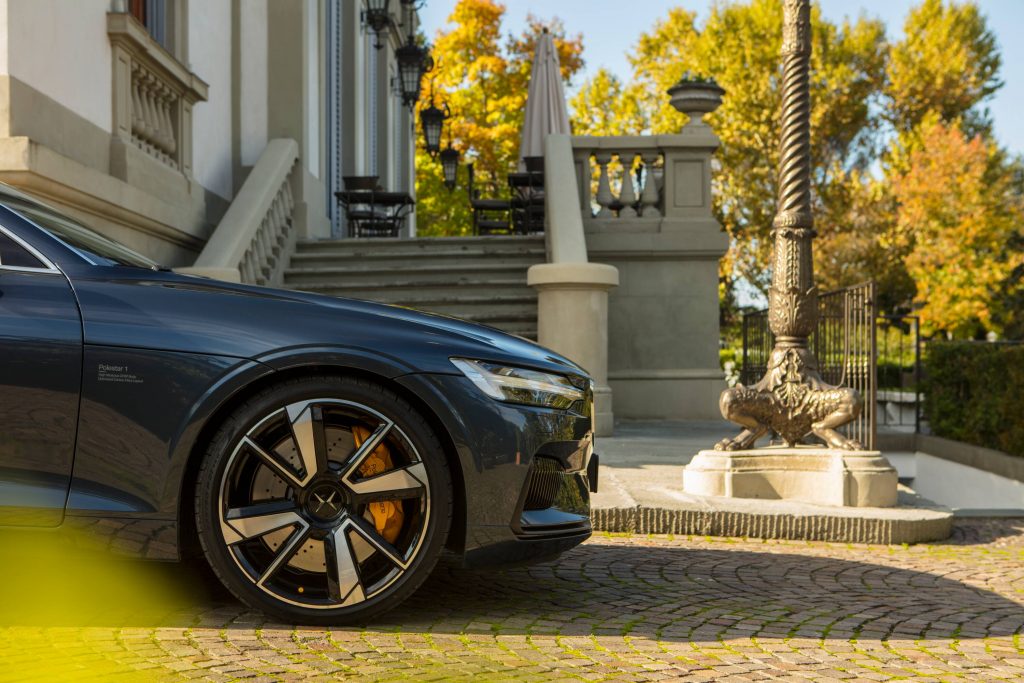
Summing up Polestar, it all leads back to the word cool. The Scandinavian approach to cool mind you, not the Silicon Valley look at me kind of cool. The Polestar is a car that can make everyone’s jaw drop, but it comes without the smugness that seems is apparently inherent with Tesla ownership. You’ll be hard pressed to find a LOLGAS vanity plate as on many a silicon valley Tesla, on a Polestar. It’s just not that kind of car.
Before the Tesla fan boys come throwing bricks through my window, there is no denying Tesla changed the game and brought on the EV revolution. Unlike what the Tesla cultists who bow down at the altar of Musk might claim otherwise however, there are other alternatives to a cool EV on the market now that come without having to be associated with the Tesla cheer pressure. Just look at the Jaguar I-Pace, Porsche Taycan and now, the Polestar range.

No, I don’t expect the Polestar to be the next Tesla, but then it shouldn’t need to be.
Polestar, no matter how much they claim otherwise, is very much like Volvo. And what Volvo and to a much larger extent, the now defunct Saab, did is just build very subtlety cool cars that gain a honest respectable following. So think of Polestar as the future of motoring for people want the tech, just not the hype.





